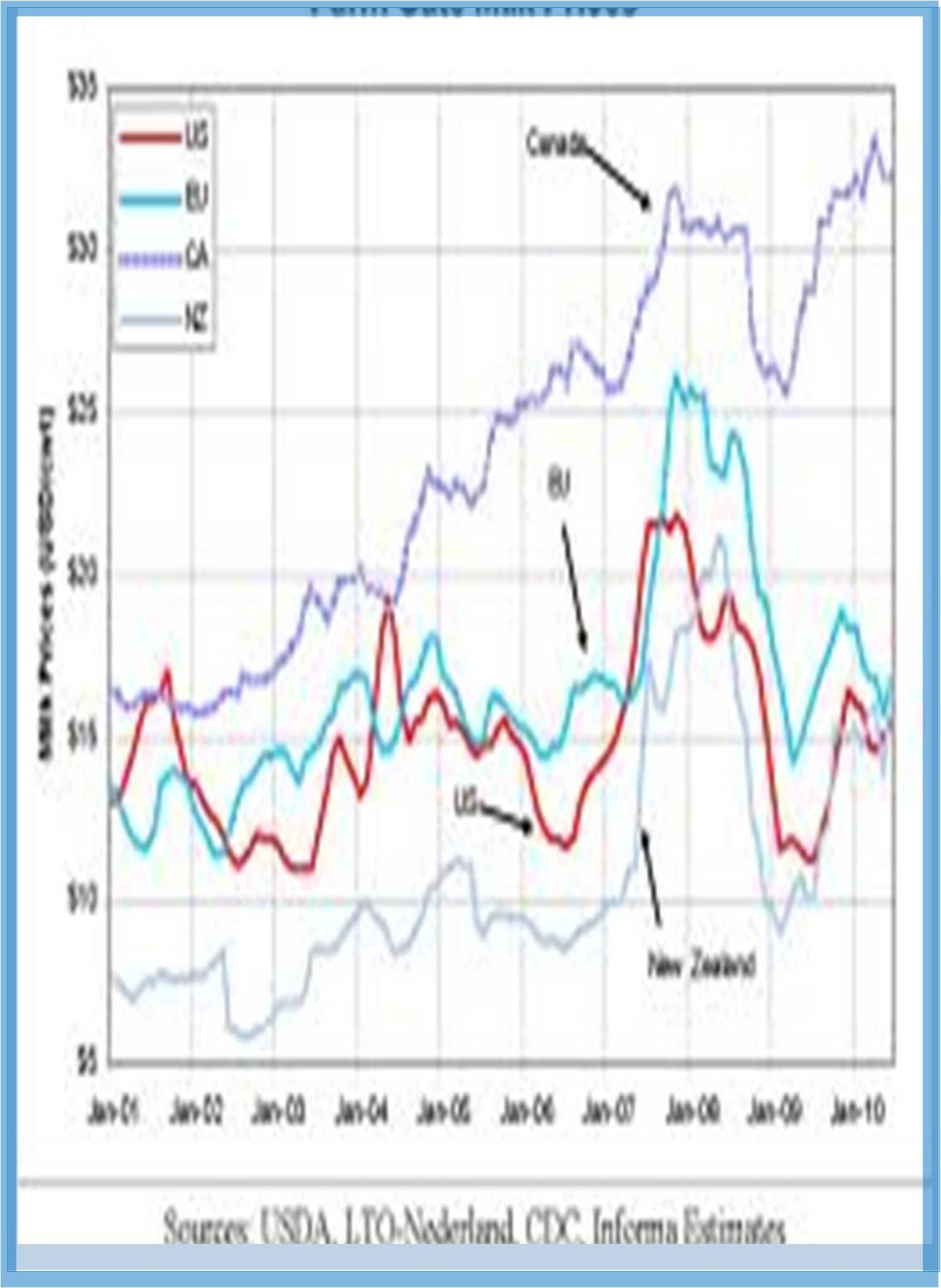



Received: 23-Jul-2022, Manuscript No. GJAEE-22-71975; Editor assigned: 26-Jul-2022, Pre QC No. GJAEE-22-71975 (PQ); Reviewed: 12-Aug-2022, QC No. GJAEE-22-71975; Revised: 22-Aug-2022, Manuscript No. GJAEE-22-71975 (R); Published: 29-Aug-2022, DOI: 10.15651/GJAEE.22.10.001
Rural and regional communities are changing as a result of social and economic changes. In addition to the "delivery" of services, infrastructure upkeep, and economic development, communities' ability to adapt to these changes depends on their residents' creative use of resources, collaboration, network building, skill mobilization, and implementation of novel ideas. The results include strong functioning communities that are better able to manage change, in addition to jobs, income, and infrastructure. A variety of strategies and initiatives are included in rural community development with the goal of enhancing the welfare and standard of living of rural residents. These strategies focus on social issues, notably community organizing, as a subset of community development. In contrast, other types of rural development emphasize technology and public infrastructure (such as rural roads and electrification) (e.g. tools and techniques for improving agricultural production).
Development of rural communities is crucial in developing nations where a sizable portion of the population works in agriculture. As a result, organizations working in international development have developed and are using a variety of community building techniques. The majority of these initiatives to support rural community development are run by "experts" from outside the area, such as government employees, personnel from nongovernmental organizations, and international consultants. This has sparked a protracted discussion on the topic of participation, during which concerns have been expressed regarding the viability of these initiatives and the degree to which rural people are empowered to make decisions for them.
Rural Community Development
It is possible to think of community development as Self- Help, Approach to Rural Development. In accordance with the self-help philosophy of development, an effort is made to involve and motivate the public in the choice of desirable goals and the implementation of programmers to achieve those goals. Although they perform organizational and informational responsibilities, other agencies (those outside the target system) are supposed to preserve impartiality in decision-making events. The apparent compatibility of this strategy with democratic ideals makes it tempting.
A typical Community Design Team visit includes an evaluation of the local political and civic climate, a discussion of community and economic development alternatives, an examination of streetscapes and building designs, and an inventory of community assets and resources. The first day of the trip is devoted to obtaining information and includes community tours, talks by local clubs and organizations, and a town meeting that is designed to get feedback and discussion from locals. The team discussion and creation of potential plans, strategies, and actions for the community will take place on the second day of the tour. At a town meeting that follows the visit, the team presents its observations and results. The team's ideas emphasize the immediate plans, such as plans for improving the aesthetics of the surrounding area, enhancing traffic safety, restoring buildings, or preserving historic sites.
In a globally competitive environment, rural community development is a crucial instrument for maintaining the economic viability of rural communities.
This is addressed by the Rural Development mission area of the United States Department of Agriculture, which includes the Rural Housing Service, Rural Utilities Service, and Rural Business-Cooperative Service. The Economic Research Service, the National Institute of Food and Agriculture, and the Rural Information Centre of the National Agricultural Library all do research and provide data sources for rural areas of the United States.
A grassroots group with Nebraska roots, The Centre for Rural Affairs, emphasizes leadership development to revitalize rural communities. To keep the economy in rural areas strong, they work to encourage entrepreneurship and boost farm returns on each dollar spent on food.